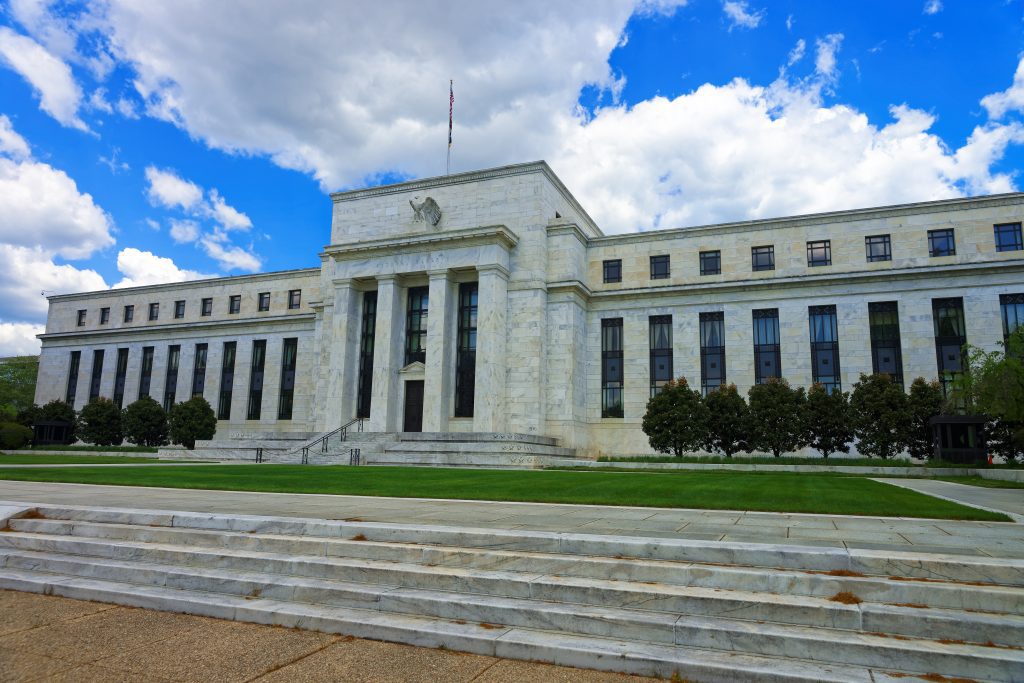Yesterday the Fed Funds rate climbed 0.50%, on top of March 17th’s 0.25% increase, which now brings the prime to 4%. With the average rate of interest charged on a credit card at 16.44% for 4Q21 (the latest number published by the Fed), expect to see the average consumer credit card interest rate push on to 19.0% by late August 2022.
When you consider that the 19% is an average, know that some people will pay 16% and others will pay 22% or higher. If you have one card, that will not likely disrupt your budget if you carry a $3,000 balance, but if you are closer to the norm, you might have four cards with $12,000, and that will begin to hurt.
Many issuers will not make more money because their card includes an interest spread – the result of the cost of funding and the margin assessed to your account.
However, no metric stands alone. You need to consider rising inflation, which overshadows the pain of rising interest rates. With 8% inflation, and gas at $4.23 a gallon, consumers will pay more for goods and services, then carry over more debt from month to month.
As the spiral continues, the household budget begins to run short. Higher prices, less discretionary cash, higher rent, costly gas, and away you go. It is no wonder economists foresee recession around the corner.
Credit risk managers must look at a defensive play as consumers face their challenges. Particular risk exists on weaker segments, particularly those with FICO Scores <700. Now is a suitable time to tighten credit lines and underwriting, until the economy begins to settle. Low loss rates, which now are below 1.6% are not sustainable and will climb 30-40% by year end, based on Mercator’s research and analysis.
Do not get blindsided by Durbin’s latest grandstanding; in fact, the push on interchange pricing will make things worse, especially for smaller issuers. The Electronic Payments Coalition, a trade group summed things up nicely:
The Federal Reserve, the General Accountability Office, and multiple studies show that consumers got stuck with higher prices because of the Durbin Amendment. There is no evidence that merchants cut prices for consumers. Almost all merchants raised prices after Durbin.
Low losses and over reserved loan losses helped issuers rebound, but it looks like the right time to circle the wagons.
Overview by Brian Riley, Director, Credit Advisory Service at Mercator Advisory Group
